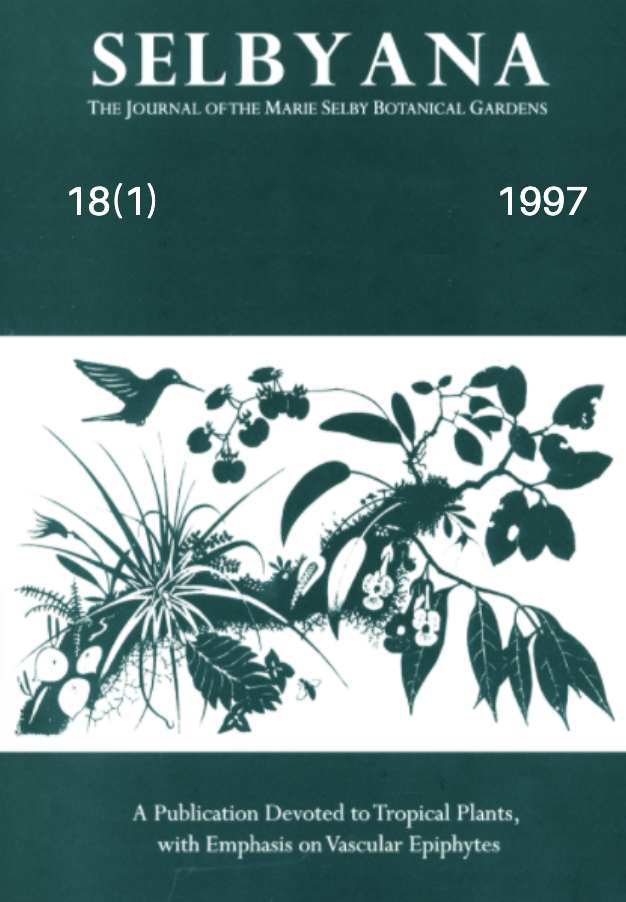Abstract
We observed pollination process of three hemiparasites, Loranthaceae, Amylotheca duthieana (King) Danser, Trithecanthera sparsa Barlow and T. xiphostachys Tiegh. Flowers of these three species were cylindrical with different corolla lengths. Flowers of A. duthieana, T. sparsa and T. xiphostachys were reddish orange, yellow, and pink in color, respectively. Flowers lacked odor, nectar guides, and landing places for visitors. Long-billed spider hunters (Arachnothera robusta) were main visitors to flowers of all three species, although little spider hunters (Arachnothera longirostra) foraged on A. duthieana and T. sparsa in much less frequency. Aggressive behavior of the long-billed spider hunter might have modified the other nectarivorous birds' foraging pattern. Long-billed spider hunters visited A. duthieana flowers only in the early morning, but visited T. sparsa flowers rather constantly from the morning to noon. Flowers of T. xiphostachys were visited by them at most only two times a day. Diurnal patterns of nectar production and nectar level in the corolla fit well to the above visit patterns to these three species. The utilization of pollinators by three species of mistletoes may be partitioned along a diurnal dimension.
Open Access and Copyright Notice
Selbyana is committed to real and immediate open access for academic work. All of Selbyana's articles and reviews are free to access immediately upon publication. There are no author charges (APCs) prior to publication, and no charges for readers to download articles and reviews for their own scholarly use. To facilitate this, Selbyana depends on the financial backing of the Marie Selby Botanical Gardens, the hard work and dedication of its editorial team and advisory board, and the continuing support of its network of peer reviewers and partner institutions.
Authors are free to choose which open license they would like to use for their work. Our default license is the Creative Commons Attribution-NonCommercial 4.0 (CC BY-NC 4.0). While Selbyana’s articles can be copied by anyone for noncommercial purposes if proper credit is given, all materials are published under an open-access license with authors retaining full and permanent ownership of their work. The author grants Selbyana a perpetual, non-exclusive right to publish the work and to include it in other aggregations and indexes to achieve broader impact and visibility.
Authors are responsible for and required to ascertain that they are in possession of image rights for any and all photographs, illustrations, and figures included in their work or to obtain publication or reproduction rights from the rights holders. Contents of the journal will be registered with the Directory of Open Access Journals and similar repositories. Authors are encouraged to store their work elsewhere, for instance in institutional repositories or personal websites, including commercial sites such as academia.edu, to increase circulation (see The Effects of Open Access).
